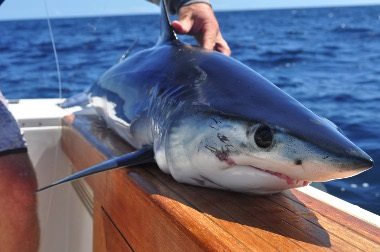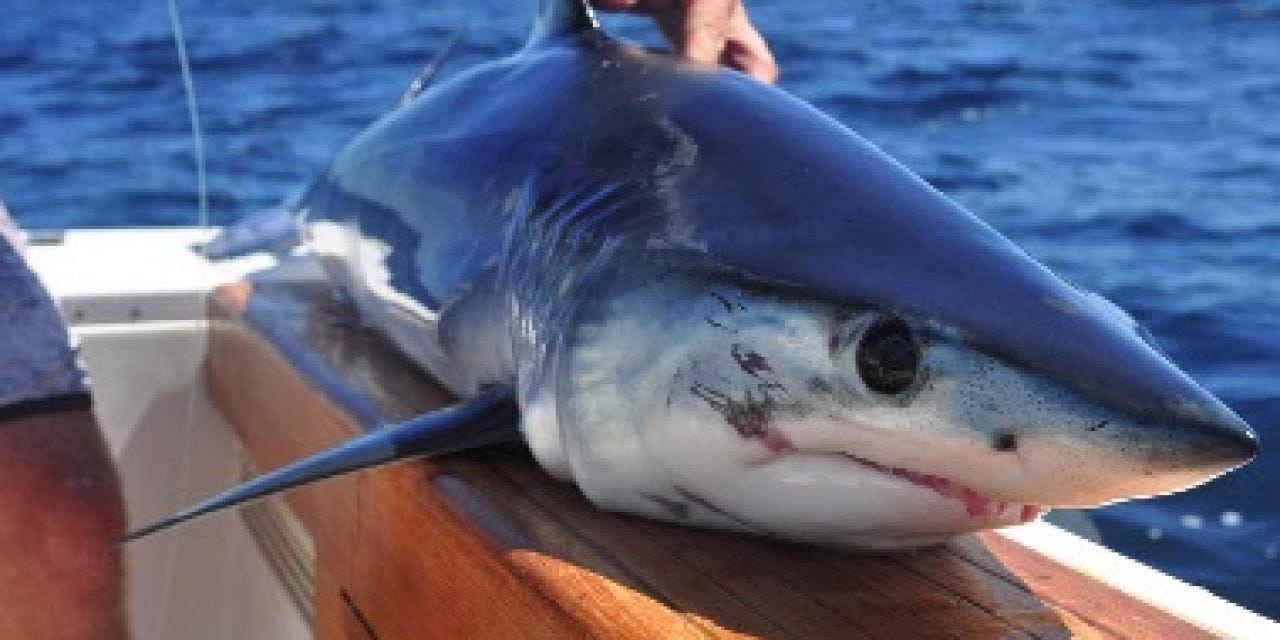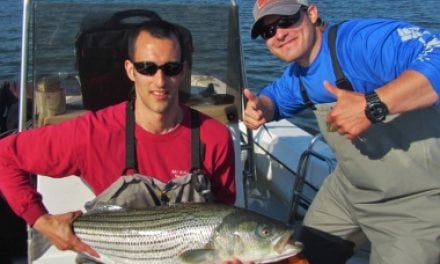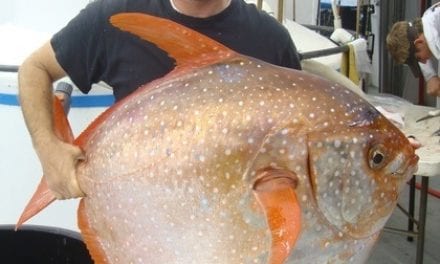 Sharks are some of the sea’s most well-known but misunderstood inhabitants. They simultaneously provoke fascination and hysteria wherever they appear. Excessive fear of their ferocity and aggression has tainted people’s relationship with sharks, threatening their populations around the globe.
Sharks are some of the sea’s most well-known but misunderstood inhabitants. They simultaneously provoke fascination and hysteria wherever they appear. Excessive fear of their ferocity and aggression has tainted people’s relationship with sharks, threatening their populations around the globe.
Sharks belong to the class of cartilaginous fishes that also includes rays and skates. They are primitive fishes whose skeletons lack true bones and instead are made of cartilage, the same material our ears and nose are made of.
There are over 500 species of sharks known through the world and are found in all seas, from near shore estuaries to the open ocean beyond the continental shelf. They are found in temperate, tropical and arctic latitudes as well as depths up to 6,000 feet.
New York’s marine waters are home to a variety of native shark species, as well as migratory species during the warmer months. During shark week, we will explore some of the lesser known sharks species found in New York’s marine waters and celebrate this misunderstood ocean predator.
‘Sharking’ in New York
Today, recreational and tournament anglers go shark fishing, also known as ‘sharking.’ Before heading out to try your luck at sharking, you must first register with the Recreational Marine Fishing Registry and apply for a federal Highly Migratory Species (HMS) permit (link leaves DEC website).
When fishing for sharks, you should be able to identify what species you are prohibited from taking. For a list of shark species you are prohibited from taking, as well as those you are allowed to take, visit Saltwater Fishing Regulations for Sharks.
If you catch a prohibited shark species while fishing from shore, please do not drag the shark onto the beach. If you hook a prohibited shark species you must return the shark to the water at once, without unnecessary injury to the shark. The easiest way to do this is to cut your leader as closely to the hook (as safely as practicable), while the shark is still in the water. Non-stainless circle hooks will rust free from the shark’s mouth in a short period of time.
For best practices, view NOAA’s Atlantic Recreational Shark Fishing: Handling and Release of Prohibited Species video (leaving DEC’s website).
If you’re going shark fishing please be familiar with prohibited shark species, and always follow the National Oceanic and Atmospheric Administration’s (NOAA) guidance, “If you don’t know, let it go!” For more information on how to identify shark species, visit NOAA’s Atlantic Shark website.
When fishing for sharks with baited hooks, you are required to use non-stainless steel, non-offset circle hooks.
Non-stainless steel hooks deteriorate over time, reducing harm to a fish if you are unable to retrieve the hook. A circle hook’s point is turned back toward the shank, forming a semi-circle shape. A circle hook is preferred to a J-hook for sharking. A circle hook is more likely to lodge in a shark’s mouth. A J-hook is more likely to be swallowed and damage a shark’s internal organs.
Keep your circle hook’s point in line with the shank. When a hook’s point bends sideways away from the shank, it becomes offset. Offset hooks can potentially injure a shark when you are removing the hook.
Ecological Role
Sharks have been roaming the seas for over 400 million years, predating the dinosaurs! They have survived many mass extinctions, including the event that extinguished the dinosaurs about 6 million years ago. Sharks have survived successfully for so long due to their ability to evolve. As a result, sharks have become the ocean’s top predators, also known as apex predators. Most sharks are aggressive apex predators that consume fish, turtles and marine mammals. The exceptions are the whale sharks, the basking sharks and the megamouth sharks, which are all filter feeders that consume plankton.
Apex predators are at the top of the food chain and generally have no natural predators. They play a vital role in maintaining a healthy population of organisms they prey upon. Ecosystems are extremely complex. Even small changes can have significant consequences in a variety of ways. Removing or reducing the population of an apex predator has the potential to upset the population balance of both prey and predators. This can have far-reaching negative consequences throughout the ecosystem.
Sharks had always been the apex predators of the oceans, until humans began refining our ability to harvest marine resources. Technology has improved many aspects of human life, but it has also given us the capacity to over-harvest finite resources.
Shark Conservation
Historically, sharks have largely been an underutilized resource in North America. Small, limited fisheries have existed for many years in areas along the U.S. coast. Large, well organized fisheries have occurred occasionally, but have been relatively rare and short lived.
The earliest known local commercial shark fisheries on the east coast occurred in the 1930s using long lines, chain nets and gill nets. Most of these fisheries were near shore and localized. Sharks were mainly harvested for their liver oil for the production of vitamin A and their hides for leather. Prior to the 1970s, there was little utilization of shark meat for human consumption in the U.S. Improvements in methods for handling sharks at sea, along with a marketing program promoted by the government, increased demand and consumption of sharks. Today, commercial fishing for sharks uses primarily long lines and gill nets.
Recreational fishing along the U.S. east coast was popularized in the 1970s. Advances in boat construction, efficiency and size of marine engines, fishing tackle and electronics technology, along with the ability of the public to purchase and own boats, made shark fishing much more accessible to recreational fisherman.
The National Marine Fisheries Service (NMFS) finalized a fishery management plan and began managing the U.S. shark fishery in 1993. Measures adopted included commercial quotas, a commercial observer program, regulations regarding the retention of shark fins in proper proportion to carcasses, recreational bag limits, and prohibition of sale of recreationally caught sharks. As sharks continued to be overfished, subsequent addendums in later years included size limits for both recreational and commercial fisheries, permitting and reporting requirements, expansion of the observer program and limited commercial access.
*Special thanks to all our photograph contributors.* Many organizations who helped us with photographs are conducting exceptional work in shark research and conservation. For more information on how DEC administers permits for research and handling of native New York shark species, visit our Special Licenses Page.
The post Shark Fishing Tips From Out Friends In New York appeared first on ODU Magazine-North America's #1 Digital Fishing Magazine.
















